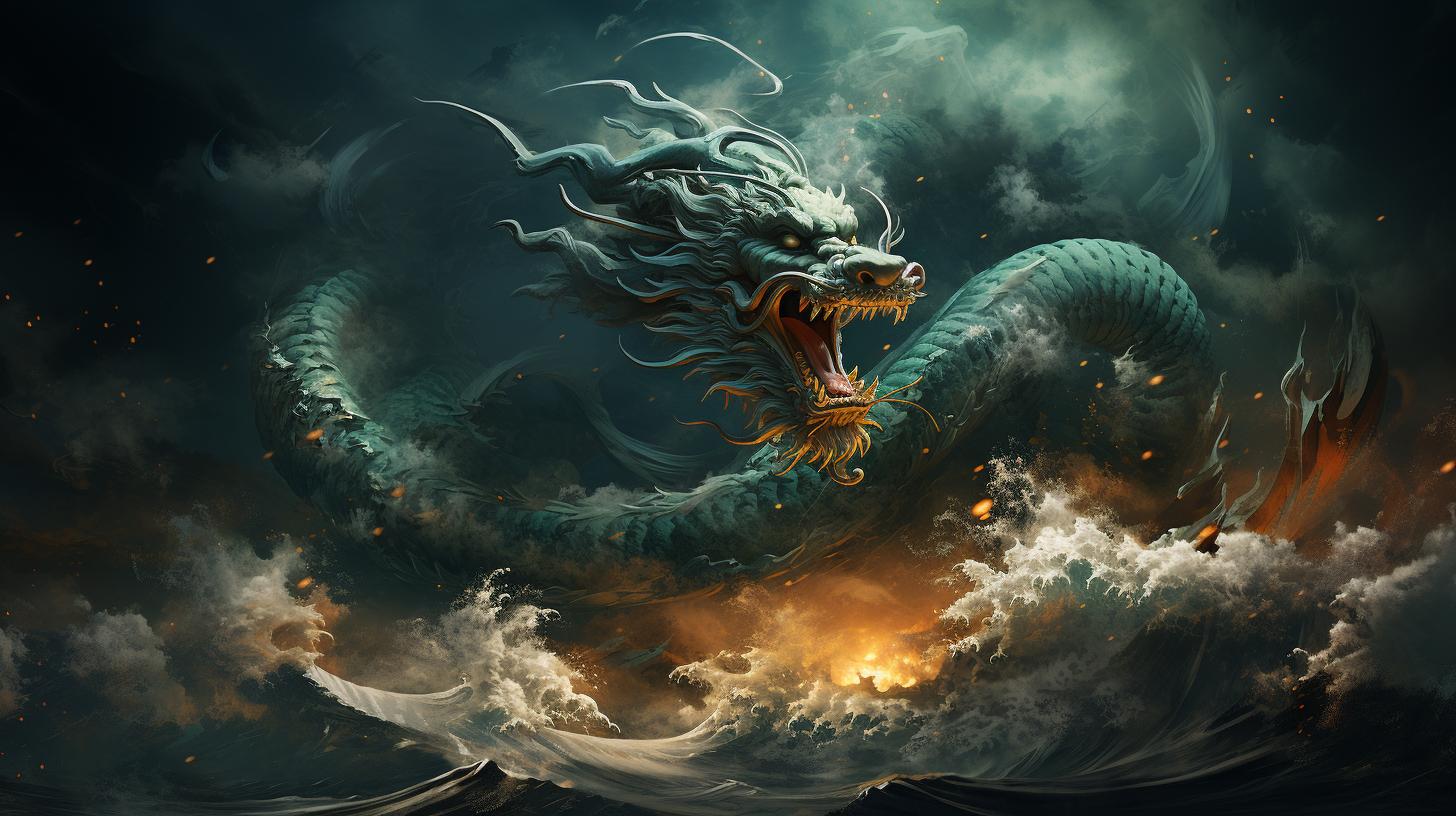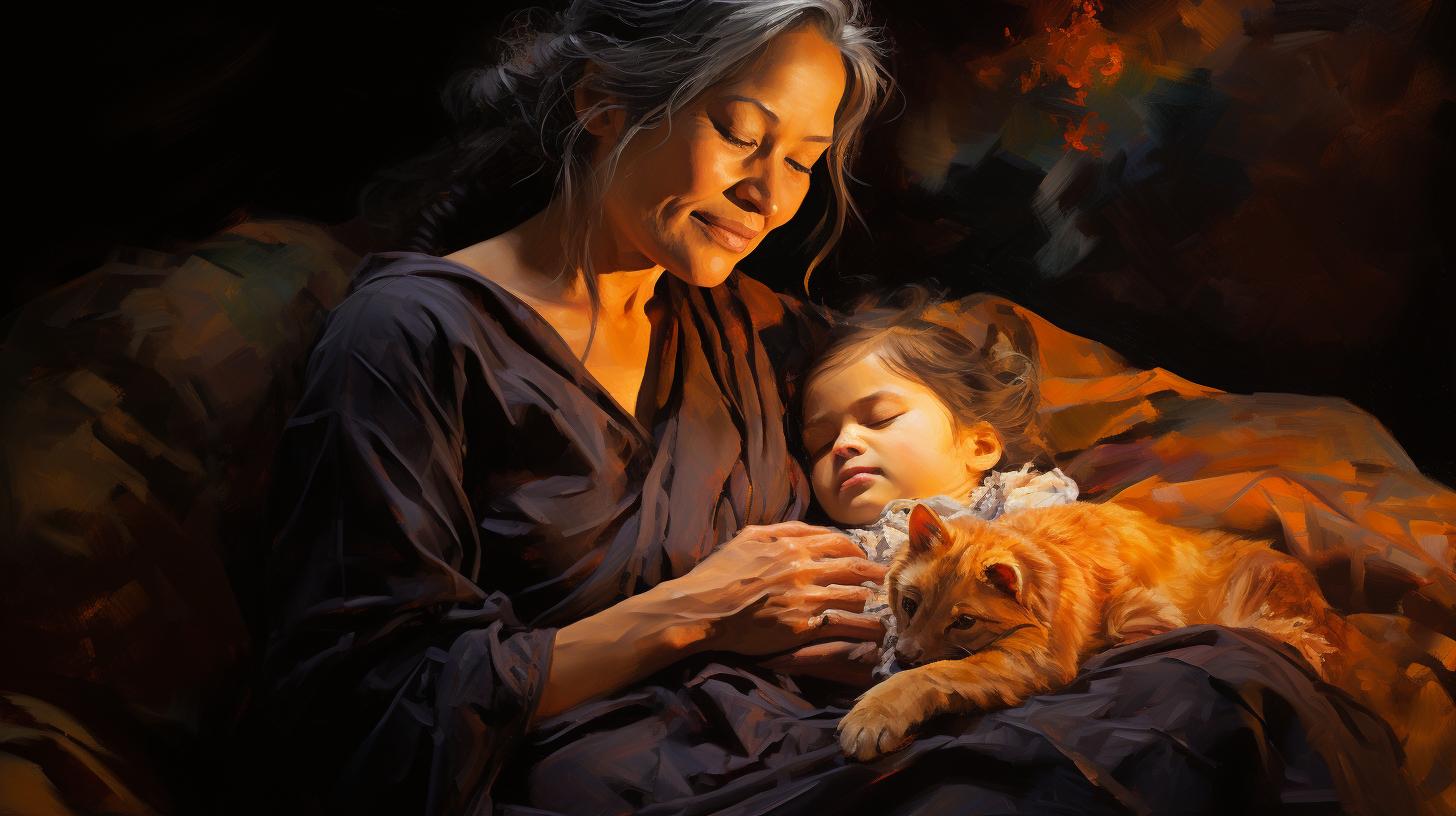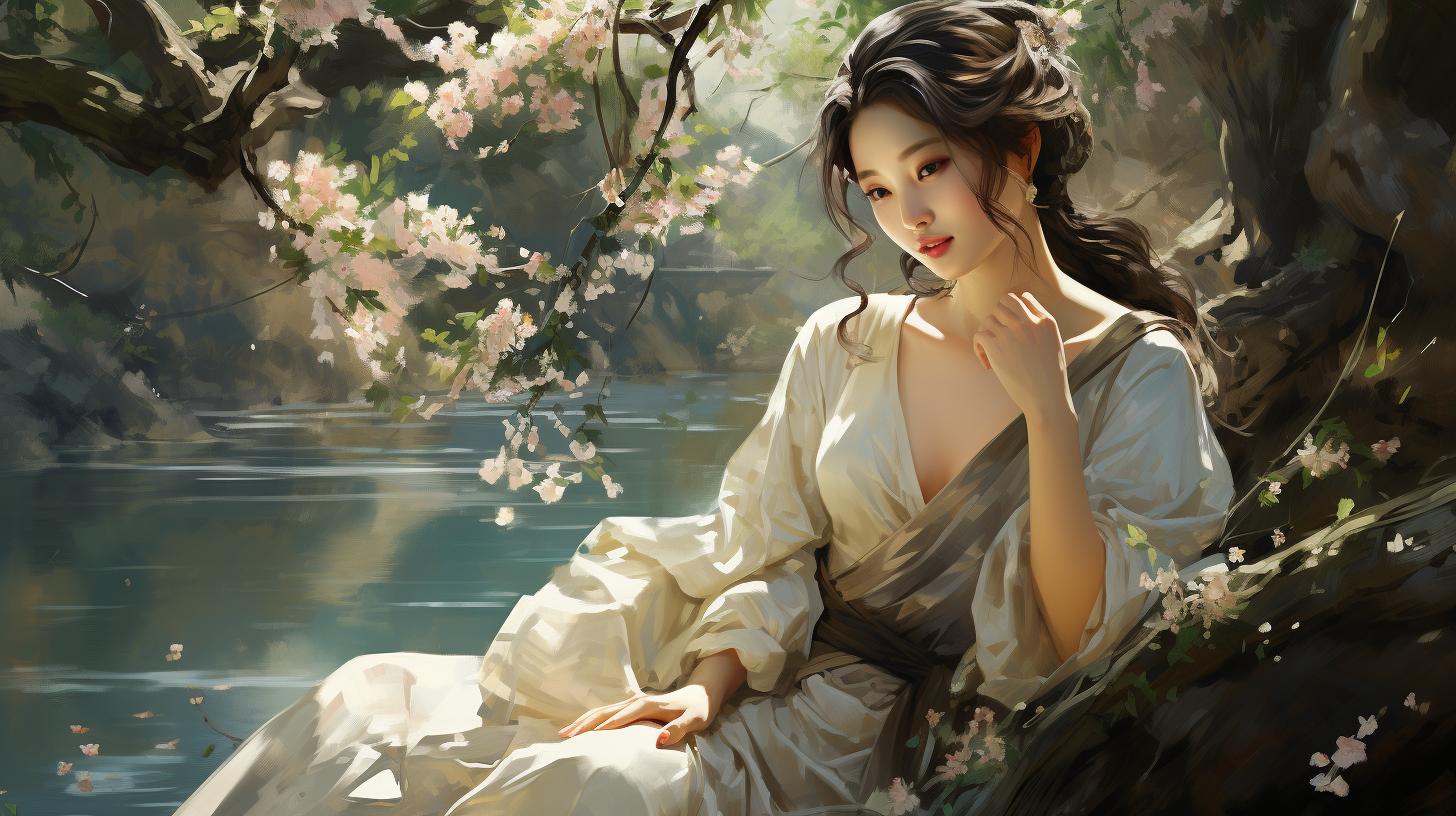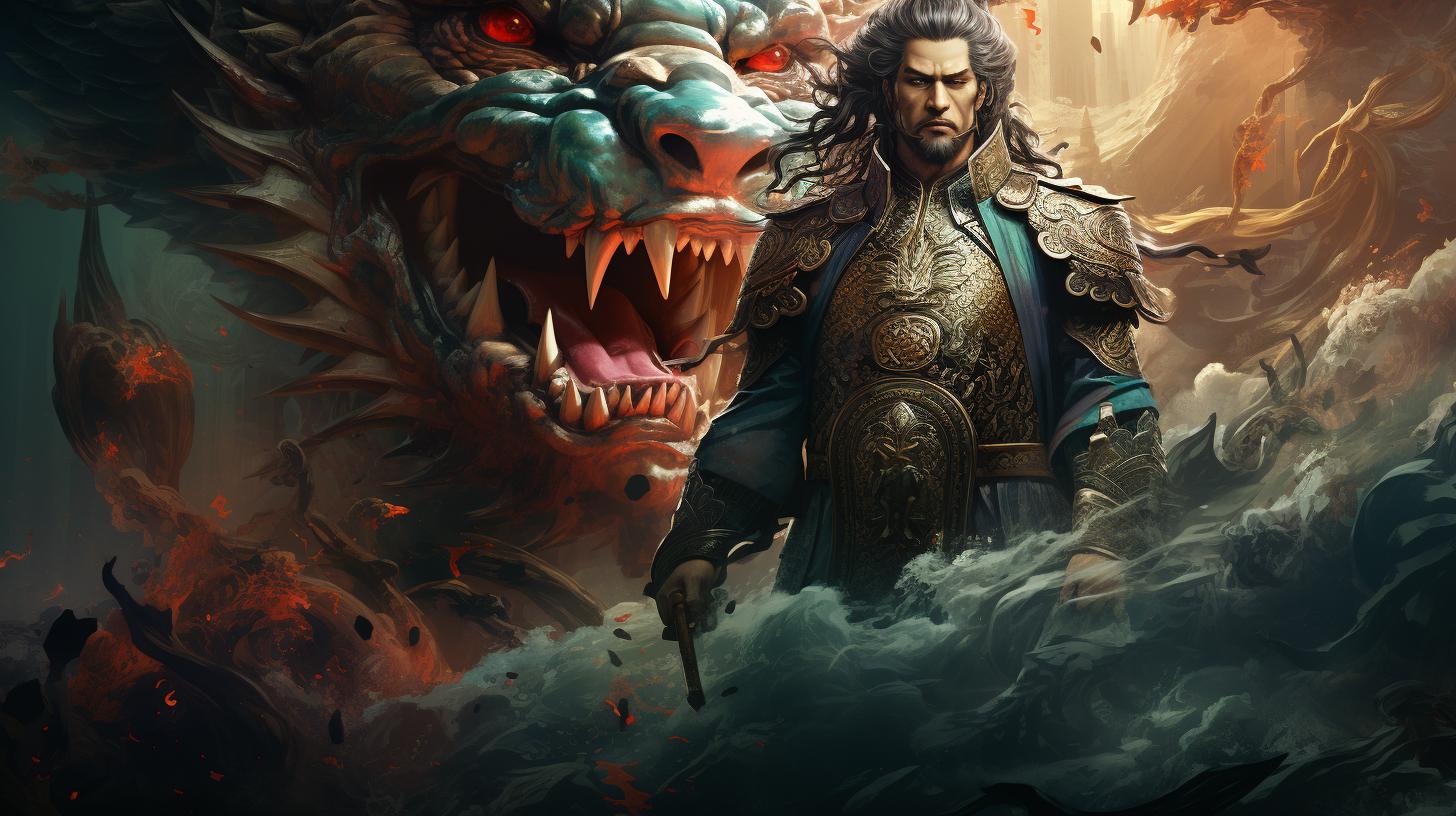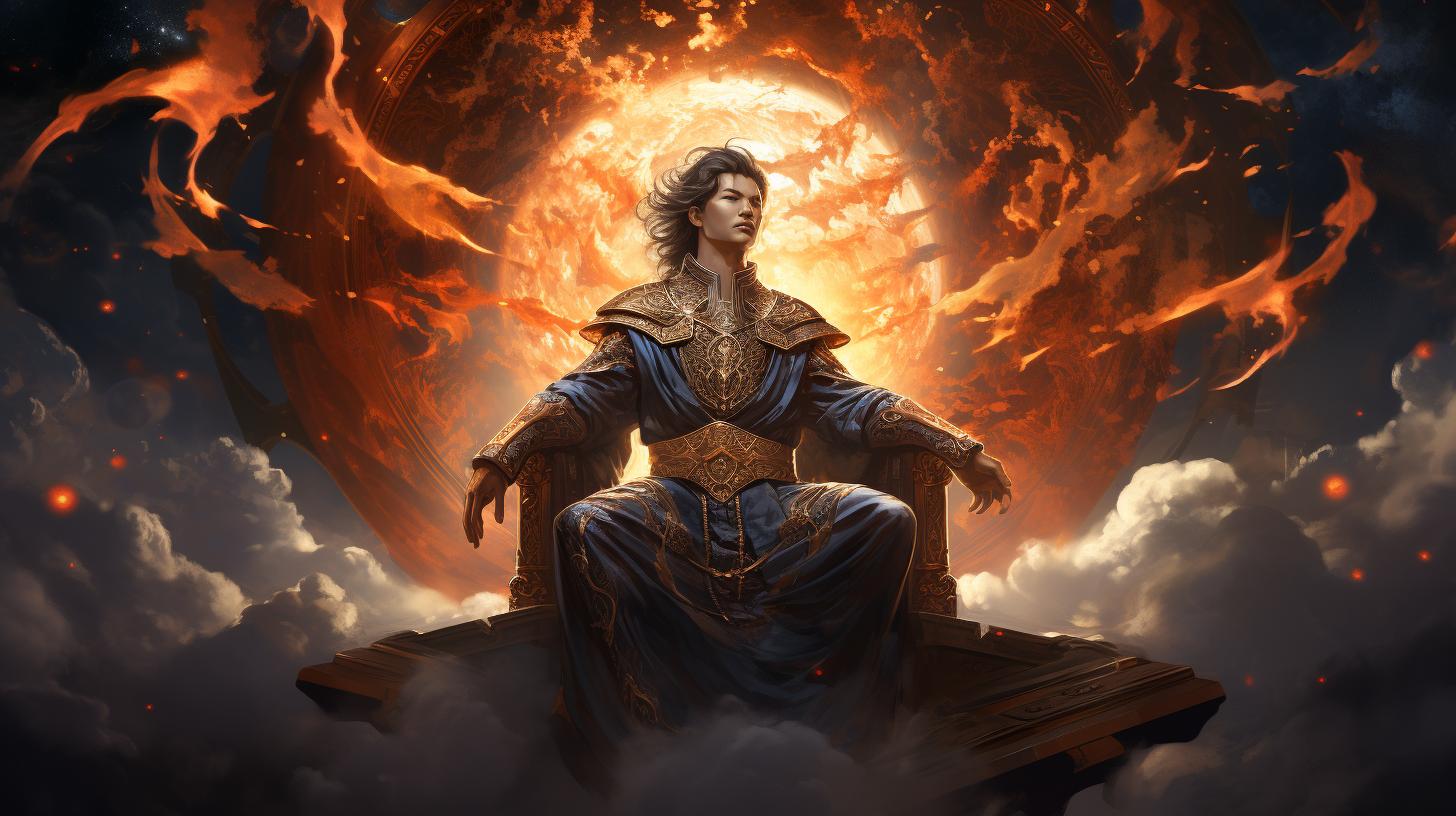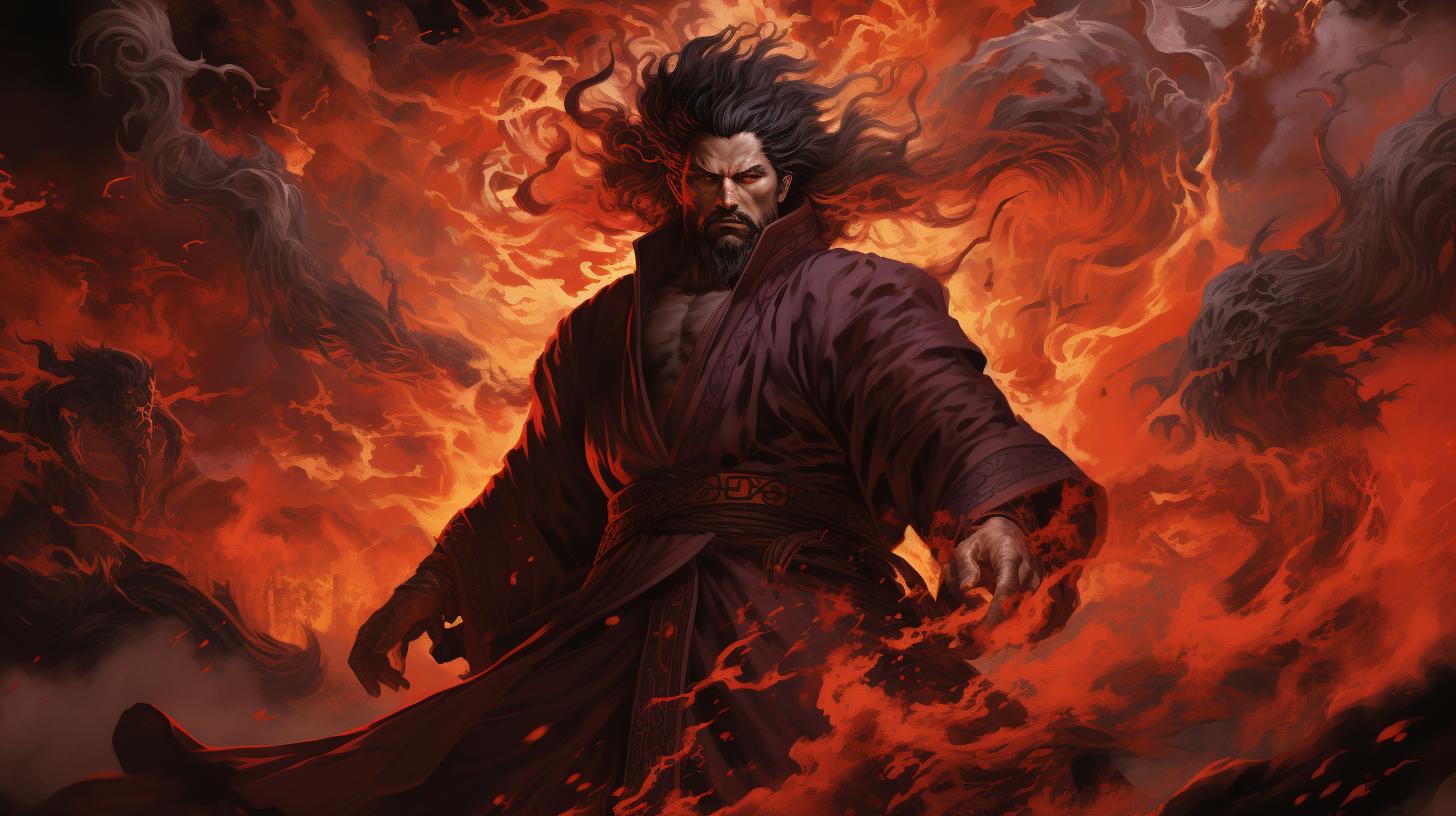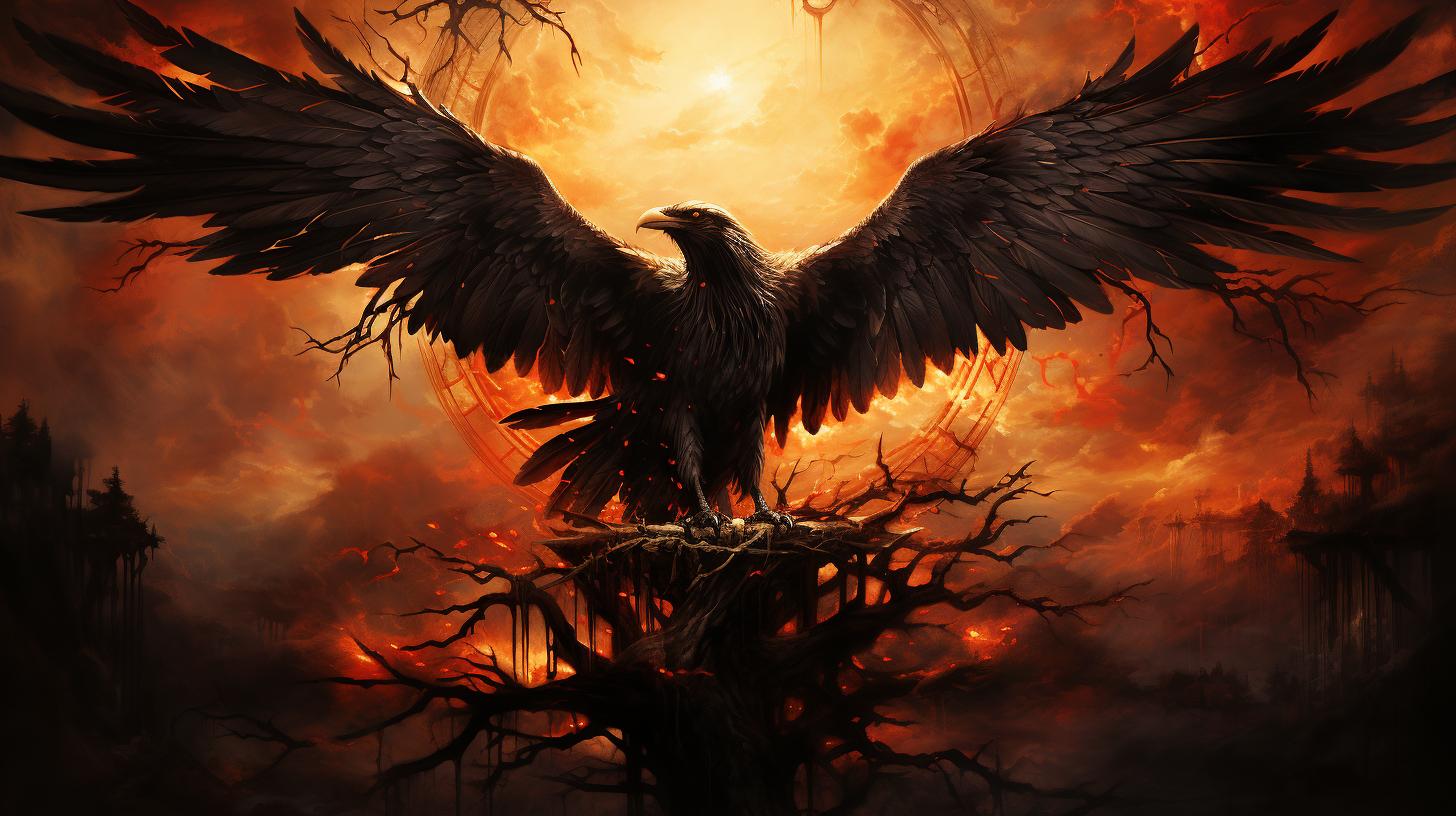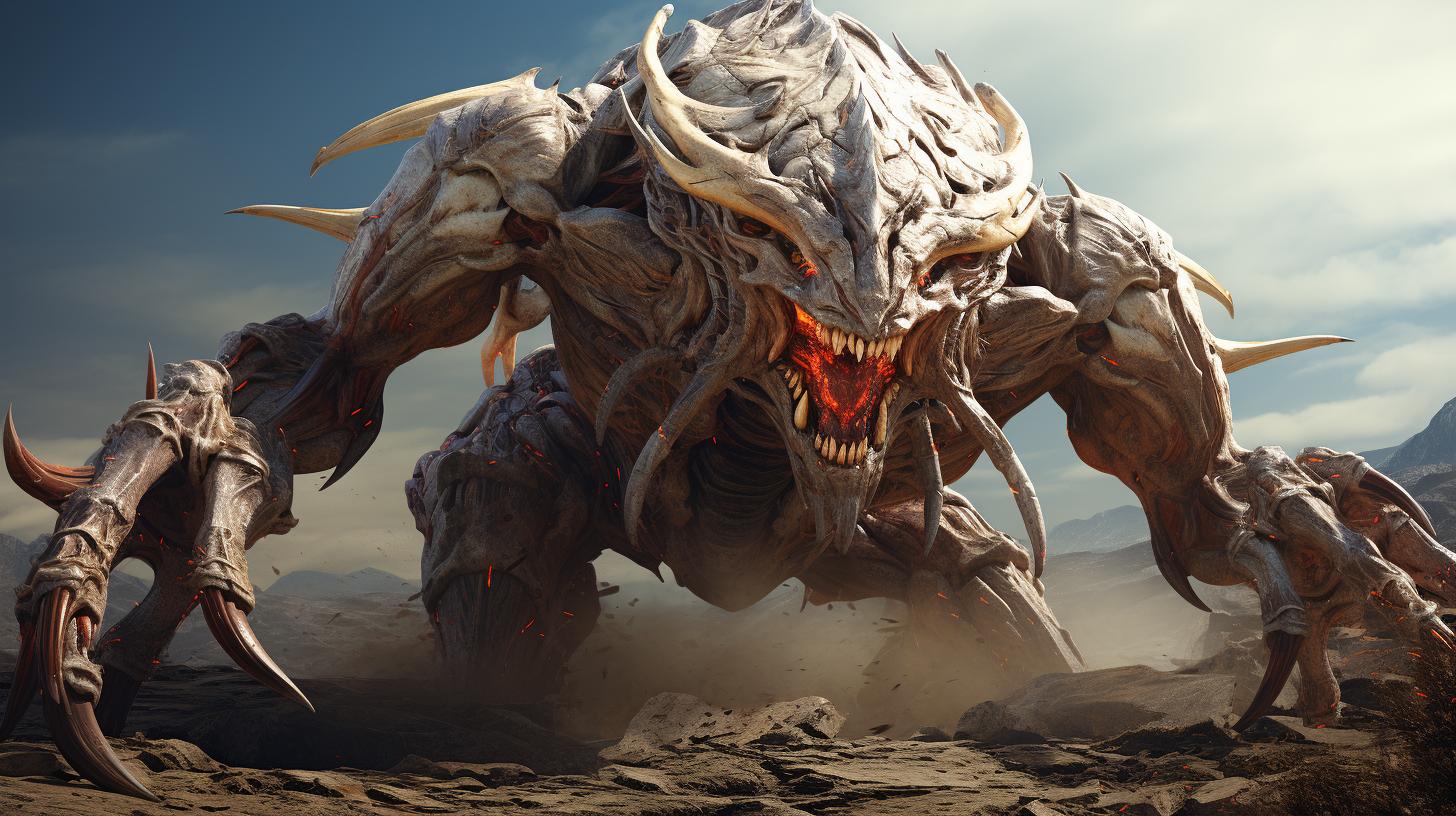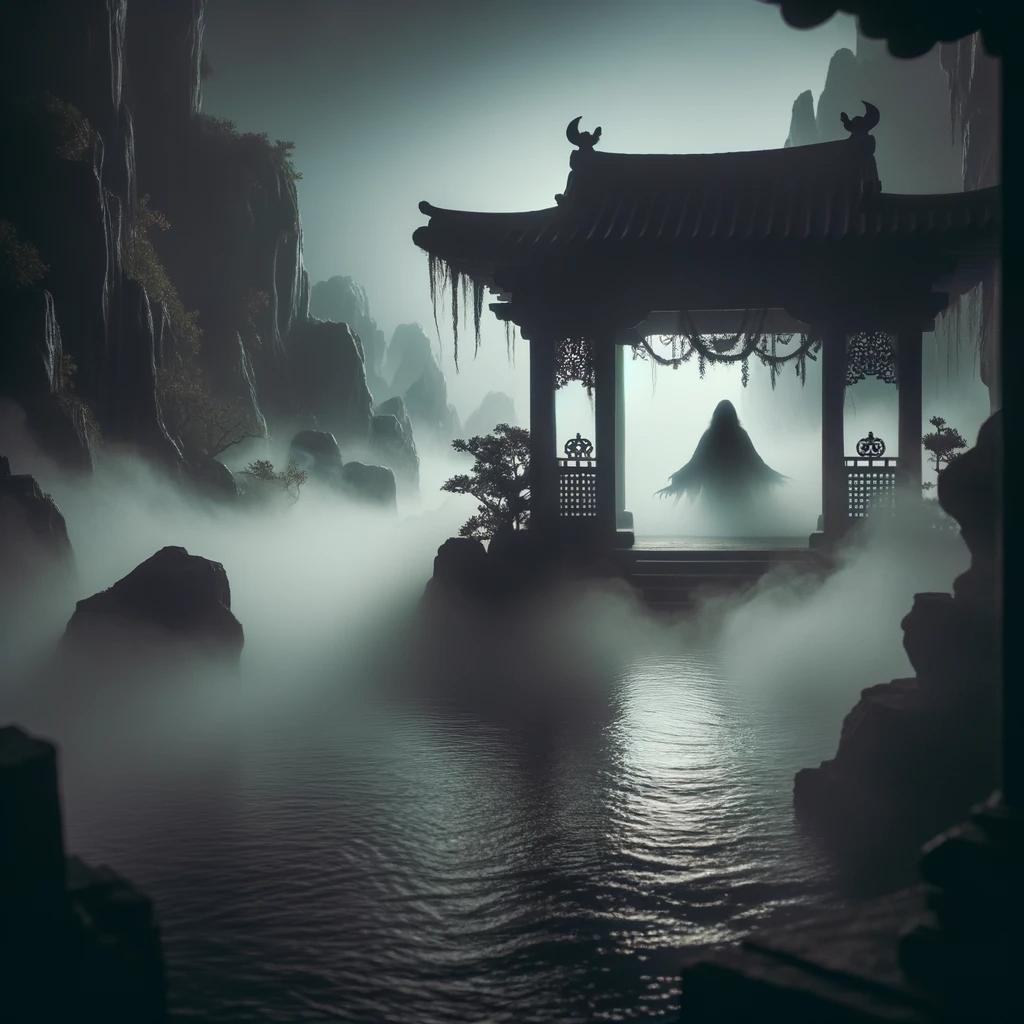Exploring the Fascinating Imoogi Mythology: Korean Dragons and Legends
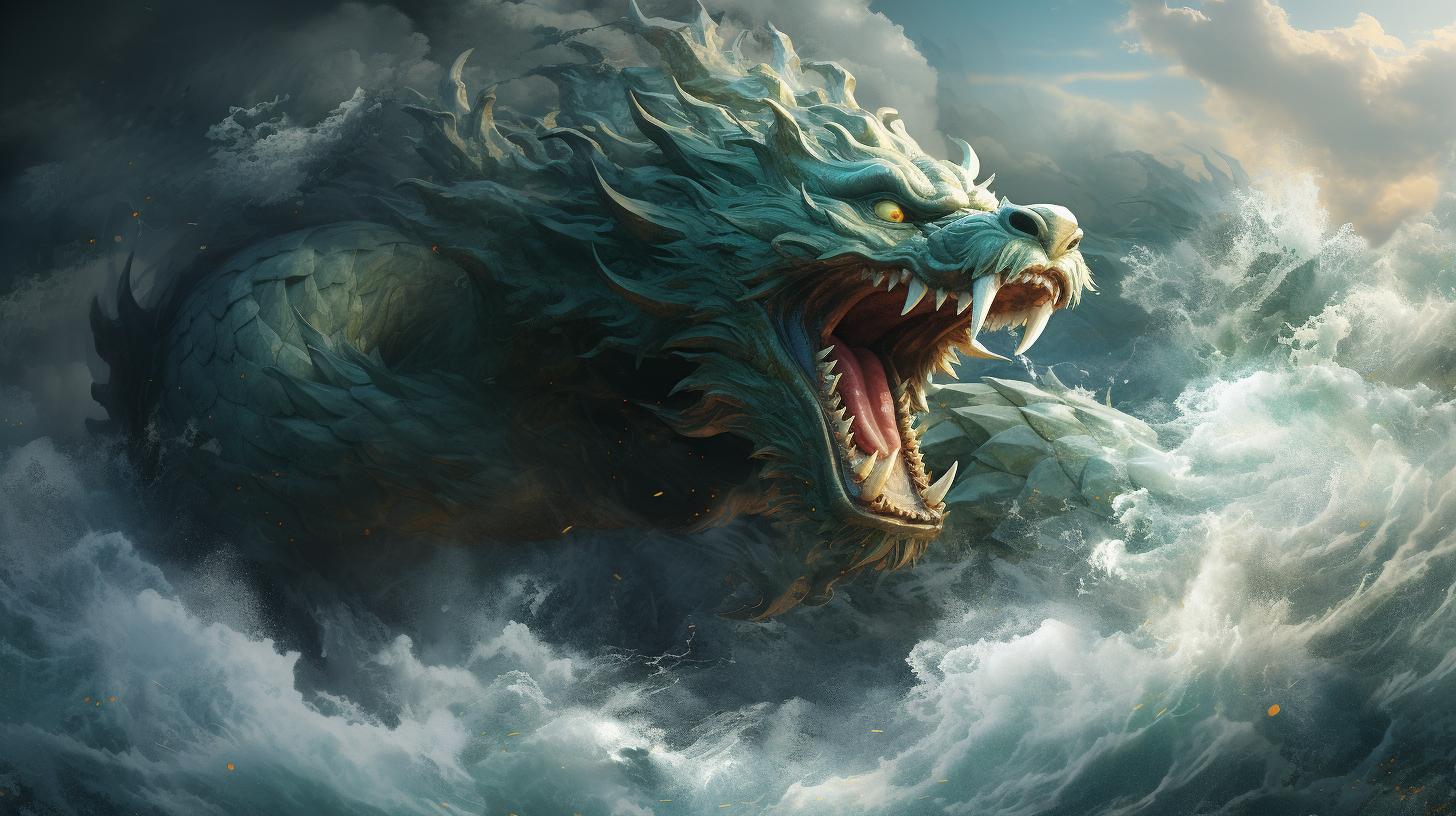
Undergo a thousand-year training to become adult dragons called Yong.
Their quest for the Yeouiju, a wish-granting falling star, is a central theme in their mythology. These dragons hold symbolic significance, representing destruction and sadness while exerting influence over human emotions and actions.
Imoogi mythology is passed down through generations and has even made its way into Korean entertainment, including movies, dramas, and K-pop. Alongside Imoogis, Korean folklore also features mythical beings like the Duende, the Ángel of Death, the Nine-Tailed Fox, and Water Ghosts.
Imoogi mythology: Exploring the Ancient Korean Dragons
Imoogi mythology is a fascinating and ancient aspect of Korean folklore, steeped in rich tales of legendary dragons. It offers a glimpse into a mythical world where these mystical creatures, known as Imoogis, hold a significant place.
This section delves into various aspects of Imoogi mythology, shedding light on their origins, characteristics, quests, cultural significance, and modern perception.
Origins of Imoogi Mythology
The legend of Imoogi mythology traces back to captivating stories that describe the birth and creation of these magnificent dragons. According to one myth, Imoogis are believed to have originated from a cave where thousands of people were trapped during a war.
The immense suffering and agony of these individuals are said to have given birth to the Imoogi, symbolizing destruction and sorrow.
Another intriguing theory suggests that the Korean solar goddess played a crucial role in the creation of Imoogis.
It is believed that young girls marked with a dragon symbol on their shoulders were transformed into Imoogis by the goddess, who bestowed upon them unique powers and abilities.
Characteristics and Transformation of Imoogis
Imoogis are depicted as massive serpents with intricate scales, defensive armor, and potent toxic substances.
These majestic creatures possess the remarkable ability to change their form, further establishing their mystique. In their early stages, Imoogis are regarded as dragons in training, undergoing a thousand-year quest to mature into fully-fledged dragons called Yong.
The transformation of Imoogis into Yong is a pivotal part of their mythology. As they embark on this journey, Imoogis are driven by the pursuit of the Yeouiju, a wish-granting star that descends from the sky.
This quest serves as a test of their strength, resilience, and determination, for it is believed that capturing the Yeouiju signifies their accomplishments.
The Quest for Yeouiju: Imoogis and the Wishing Star
The Yeouiju holds immense significance in Imoogi mythology.
It is believed to possess the power to fulfill desires, making it a sought-after prize for Imoogis. The mythology surrounding the capture of the Yeouiju is filled with captivating legends and tales.
Imoogis are portrayed as relentless and determined in their pursuit, driven by their desire to evolve into Yong dragons.
Imoogis in Korean Folklore and Culture
Imoogis have a prominent place in Korean folklore and culture. They represent themes of destruction and sadness, their existence intertwining with the emotions and actions of people. Imoogi mythology has been passed down through generations, contributing to the rich tapestry of Korean storytelling and superstitions.
These mythical creatures hold a deep cultural significance and remain ingrained in the collective imagination of the Korean people.
The Modern Perception and References to Imoogi Mythology
In the modern era, the existence of dragons, including Imoogis, is generally viewed as mythical. However, their influence persists in various forms of contemporary Korean entertainment, such as movies, dramas, and the vibrant world of K-pop.
Imoogi mythology continues to inspire and captivate, serving as a testament to its enduring cultural relevance and impact in Korean society.
Other Mythical Creatures in Korean Folklore
Exploring the rich tapestry of Korean folklore, Imoogi mythology is just one facet of a vast array of mythical creatures that captivate the imagination. Alongside the legendary dragons, there are several other intriguing beings that populate Korean folklore.
Duende: Mischievous Spirits from Korean Folklore
Among these fascinating entities are the Duendes, mischievous spirits known for their playful nature and penchant for causing trouble. Duendes are often depicted as small humanoid creatures, capable of both pranks and acts of kindness.
They are said to reside in forests, mountains, and even homes, adding an air of enchantment to everyday life.
Ángel of Death: Mythical Figure in Korean Legends
In Korean legends, the Ángel of Death looms large, embodying the transition from life to the afterlife. Often portrayed as a dark and mysterious figure, this mythical being is tasked with guiding departed souls to their final resting place.
The Ángel of Death serves as a reminder of the fragile nature of human existence and the inevitability of mortality.
Korean Nine-Tailed Fox
A prominent figure in Korean folklore, the Nine-Tailed Fox, possesses supernatural abilities and cunning intelligence. These mystical creatures are known for their shape-shifting abilities, often taking on the form of beautiful women to enchant unsuspecting individuals.
However, they are also feared for their potential to cause harm and manipulate human emotions.
Water Ghosts in Korean Mythology
Within the realms of Korean mythology, water holds a mysterious allure, and water ghosts are an integral part of the folklore. The Water Ghosts, are ethereal beings associated with bodies of water, such as rivers and lakes.
They are believed to possess both benevolent and malevolent spirits, with stories often featuring encounters that range from hauntingly beautiful to terrifyingly haunting.
These mythical creatures, alongside dragons like Imoogis, contribute to the vibrant tapestry of Korean folklore.
Passed down through generations, these legends and creatures continue to captivate the imagination and shape the cultural fabric of Korea.
Imoogi Mythology’s Cultural Significance and Transmission
The fascinating Imoogi mythology holds immense cultural significance in Korean society, embodying a rich tapestry of beliefs and traditions that have been transmitted from generation to generation. Let’s explore some key aspects:
Generational Retention of Korean Folklore and Superstitions
Korean folklore and superstitions have persevered through time, intricately woven into the fabric of Korean culture.
Imoogi mythology, with its tales of dragons and wish-granting stars, continues to captivate the imagination of Koreans and serves as a link to their ancestral heritage.
Integration of Imoogi Mythology in Korean Art and Media
Imoogi mythology has seamlessly integrated into various forms of Korean art and media, becoming a source of inspiration for artists and storytellers.
Paintings, sculptures, and literary works often depict these mythical dragons, bringing their awe-inspiring presence to life. Imoogi legends frequently find their way into Korean movies, dramas, and music, further cementing their place in contemporary popular culture.
Korean Dragons: Imoogis, Yong, and Beyond
Dragons hold a prominent place in Korean mythology, with various representations and symbolic meanings. Explore the fascinating world of Korean dragons, from Imoogis to Yong and their connection to other East Asian dragons.
Different Representations of Dragons in Korean Mythology
In Korean mythological narratives, dragons are depicted in different forms, each carrying its own significance. From the youthful Imoogis with their transformative abilities to the majestic Yong dragons with their powerful limbs, Korean mythology presents a diverse range of dragon representations.
The Colors and Meanings of Korean Dragons
Korean dragons come in various colors, and each hue carries unique symbolism. Blue dragons represent abundance and fertility, while red dragons signify passion and fire. Golden and yellow dragons symbolize wealth, wisdom, and power.
Understanding the meanings associated with different dragon colors enriches the depth of Korean dragon folklore.
Dragons and Historical Figures in Korean Culture
Korean folklore intertwines dragons with prominent historical figures. King Munmu, for example, desired to transform into a dragon after his death to protect his country. These legendary connections highlight the deep-rooted cultural significance of dragons in Korean society, bridging mythical tales with historical narratives.
The Imoogi and Its Relation to Other East Asian Dragons
Imoogis, while originating from Korean mythology, share commonalities with other East Asian dragons. Across different cultures, including Chinese and Japanese folklore, dragons serve as celestial beings and symbols of power.
Exploring the similarities and differences between the Imoogi and other East Asian dragons adds an intriguing dimension to the study of dragon mythology.
Korean dragon mythology offers a captivating journey through different dragon representations, their colors, and their connections to historical figures.
Delve into the rich tapestry of Korean dragons to unravel the cultural significance and symbolic meanings embedded in these mythical creatures.











